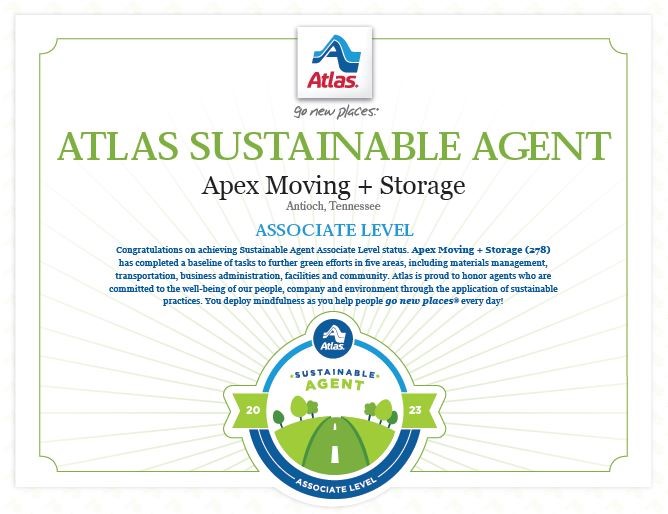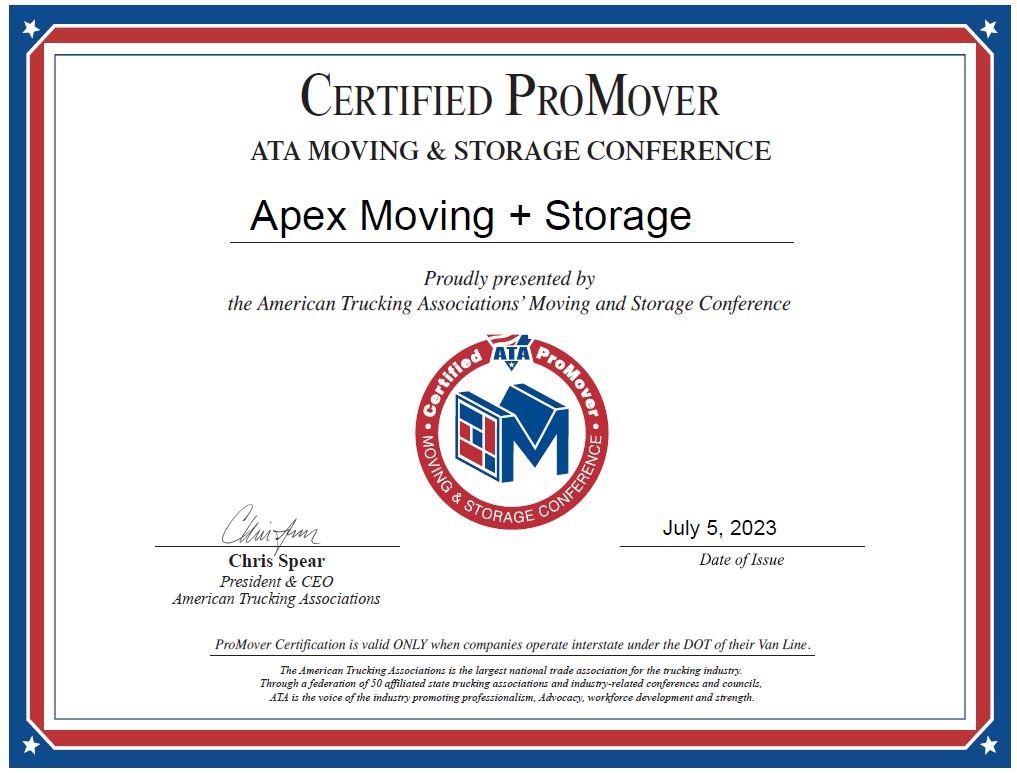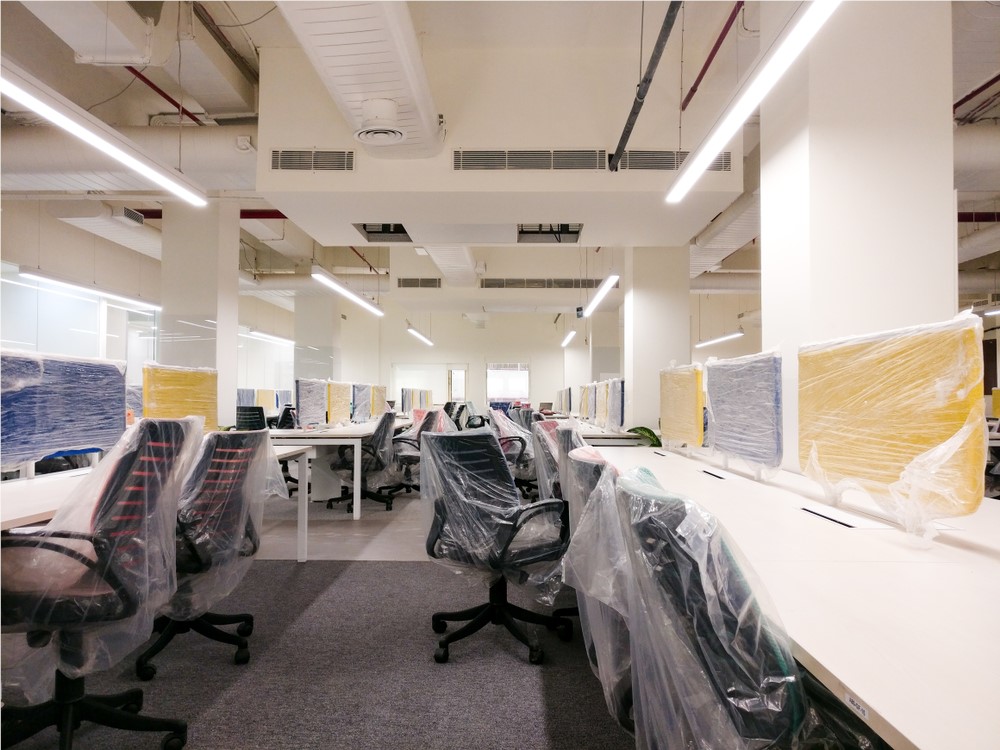
Relocating an office is a big task. Businesses relocate for a number of reasons‒downsizing, moving closer to job markets or target markets, shifting to virtual operations, etc. Whatever the reason for the move, proper planning is required for success. With nearly 100 years of experience in the moving field, we’ve identified some of the biggest mistakes businesses can make when moving an office.
Not Choosing a Good Mover
The moving company you hire can make or break your relocation. This is not the area to cut costs. Hire a professional company with the right equipment and experience in office moves that can help you manage the logistics of your transition. Avoid hiring an unlicensed or uninsured mover by verifying them. You can check FMCSA’s National Consumer Complaint Database (NCCDB) and the Better Business Bureau (BBB) to see if the company is accredited and whether they have any complaints lodged against them. You can also see what their customers are saying about them on Google reviews.
Not Making a Thorough Moving Plan
Figuring out your moving timeline in advance is key to a successful relocation. Plan what day of the week you’ll move, make allowances for traffic and the commute to the new location. Try to avoid moving during the morning or afternoon peak hours. For some businesses, a move during the workday is out of the question. If this is the case, just make sure both buildings are aware of your schedule so you have full access to the building’s elevators, stairs, parking lots and doors.
Not Creating a Detailed Inventory
Making a record of all office supplies and equipment before the move helps you figure out if anything gets misplaced during the process. A good inventory includes a list of everything in the existing office that will be moved, where these items will be located, and their condition. These records help you identify anything that gets lost or damaged and streamlines the unpacking process in your new building.
Not Weeding Out Items Before Your Move
It doesn’t make sense to pay to move items you don’t need. Inventorying helps you filter out items that are damaged or obsolete. They can be discarded or donated prior to your relocation. Fewer items to move increases efficiency and lowers costs.
Not Coordinating the Transfer of IT Equipment and Staff
With the rise in technology, many companies have dedicated IT departments, which often have electronic equipment (i.e., servers and computers). You need to consult with your IT department regarding setting up the new space, disconnecting and reconnecting office technology, and backing up data to minimize the risk of data loss or downtime.
Not Considering the Impact on Employees
Moving is a stressful process for everyone involved, including employees. You need to communicate with them about it. For moves within the same city, it might mean a longer commute, increased transportation costs and a disruption to their usual schedule. If you’re moving to a different city, you can offer incentives such as increasing salaries or covering relocation expenses. You also need to consider that legal or family obligations might prevent some employees from making the transition with you. Offering remote work can be a desirable option in some cases.
Tip: Don’t forget to update your address on places like social media, email signatures, letterheads, etc.
Moving an office is a big task‒one that you won’t want to handle alone. Avoid the common mistakes some companies make. There are so many things to coordinate and an experienced moving company like Apex Moving+Storage can handle them all. Complete our online quote form or give us a call at (866) 304-1471 for an office moving estimate.
Subscribe to Apex Moving + Storage's Blog








Comments